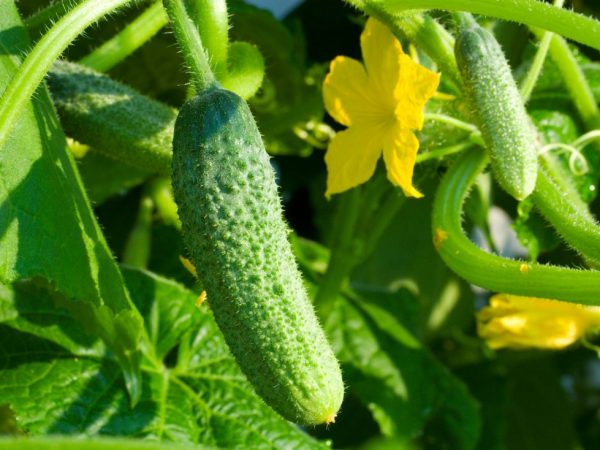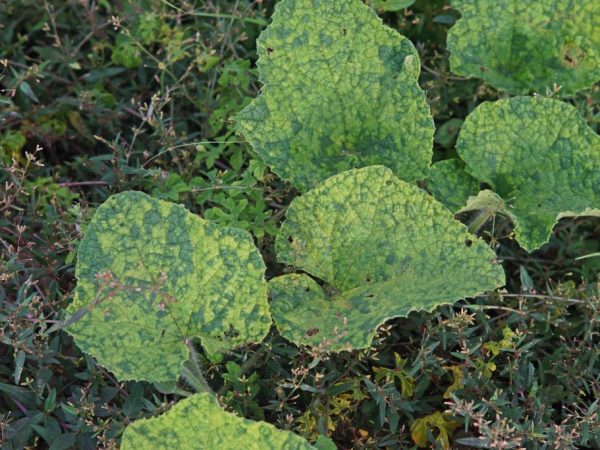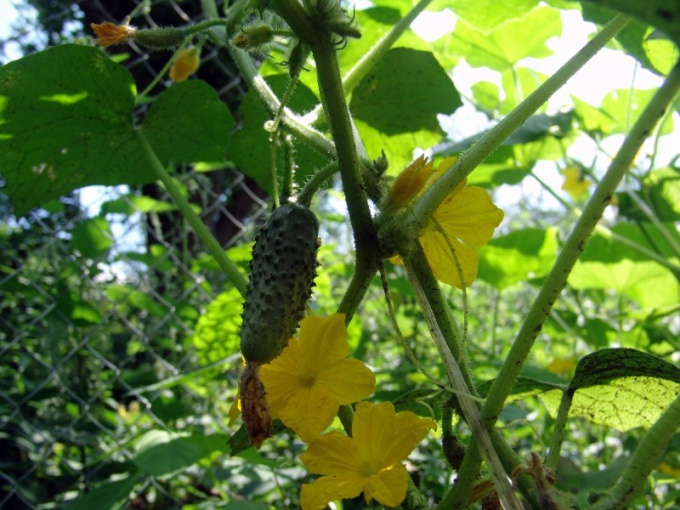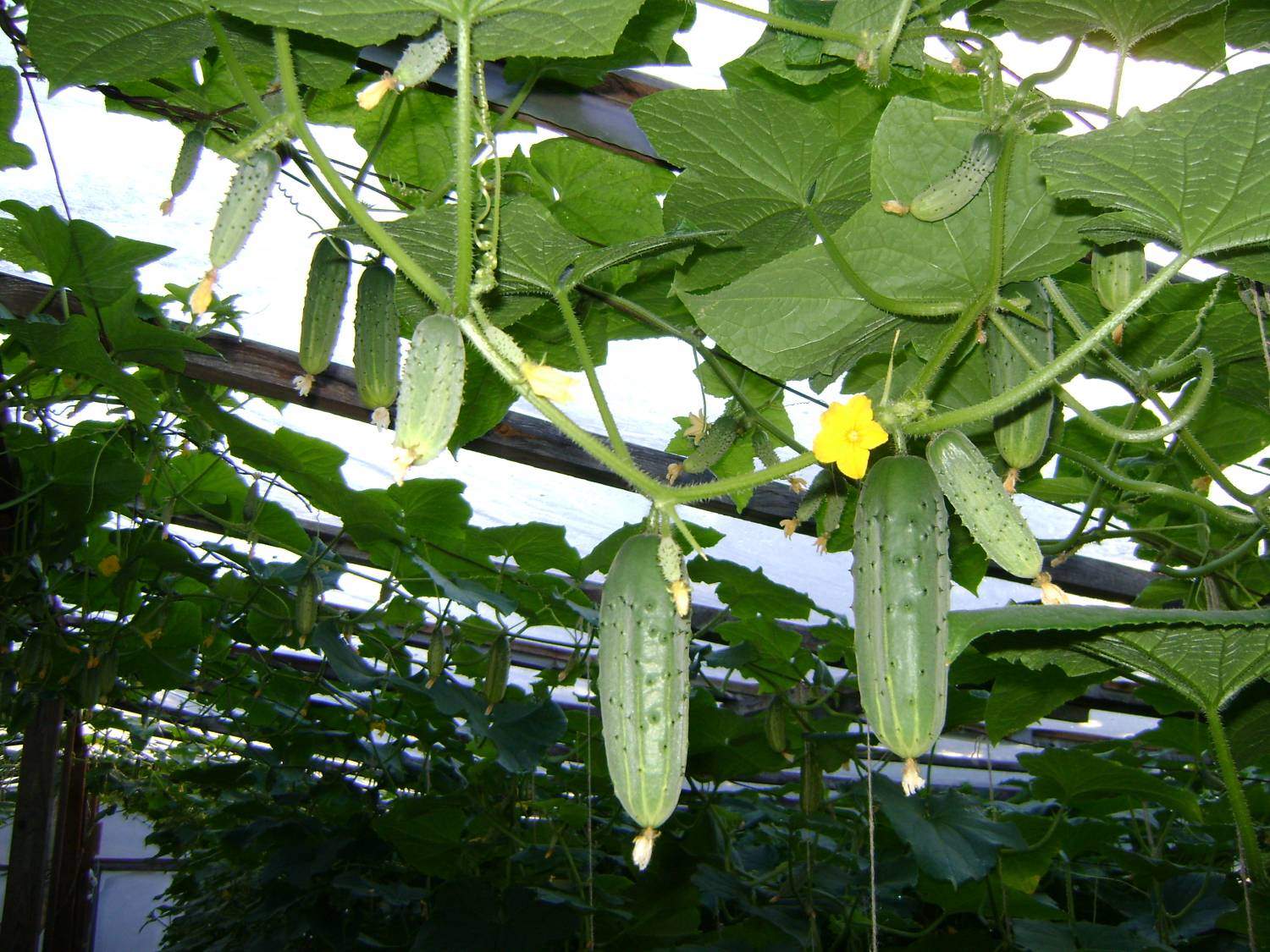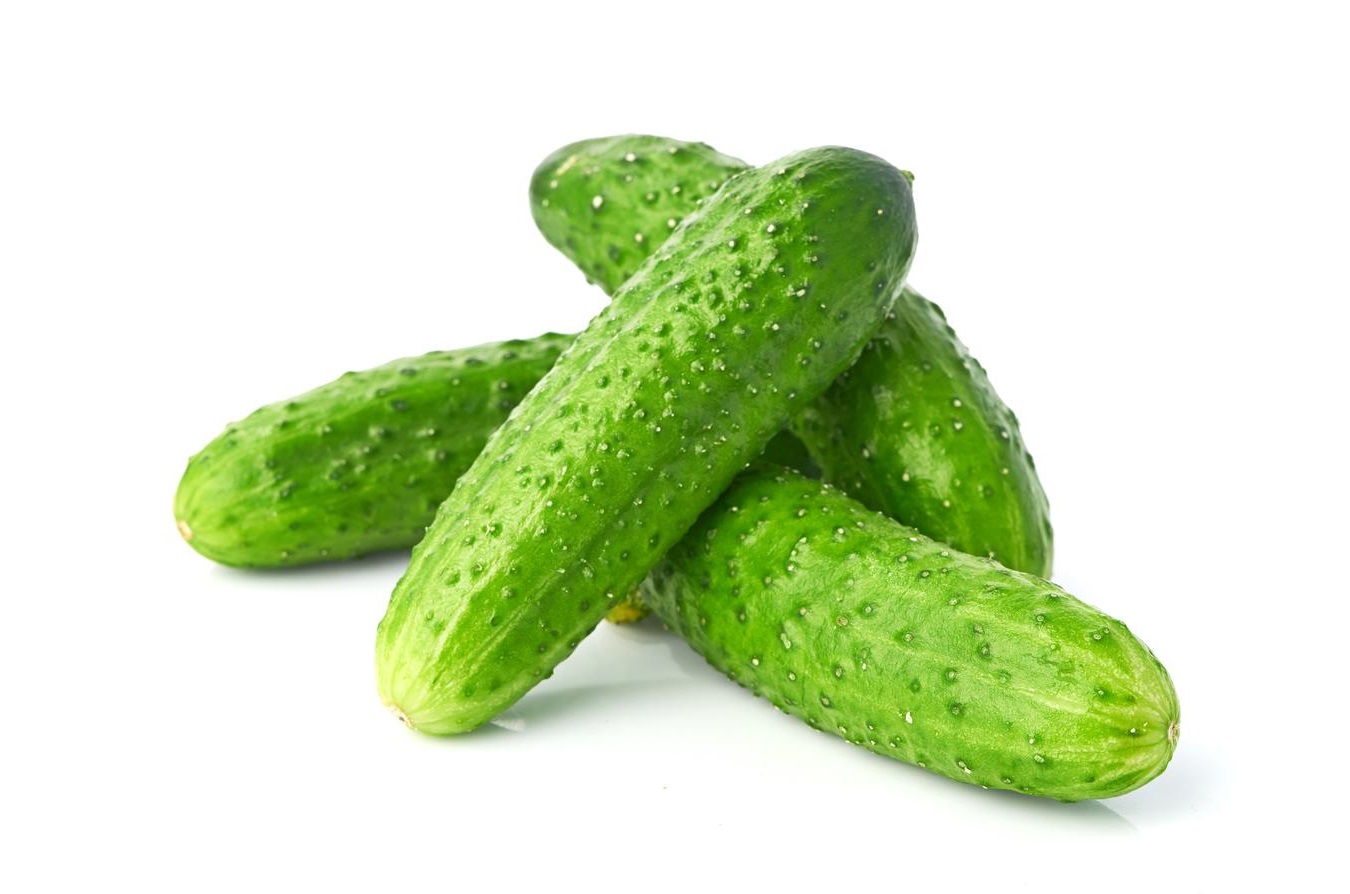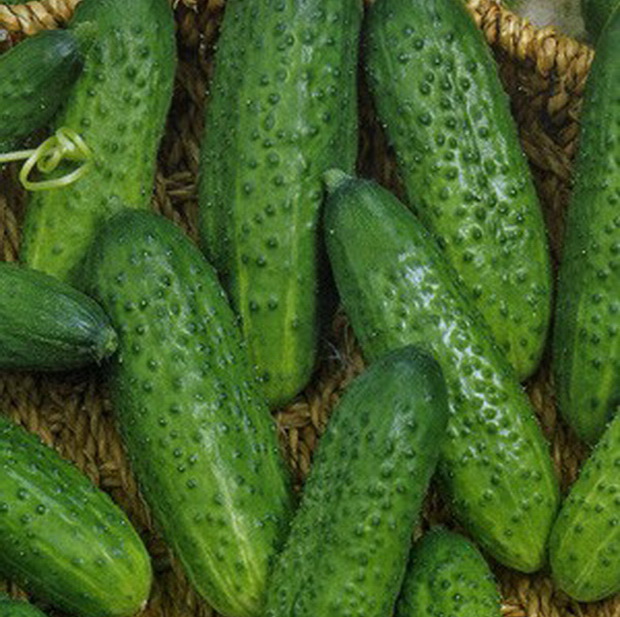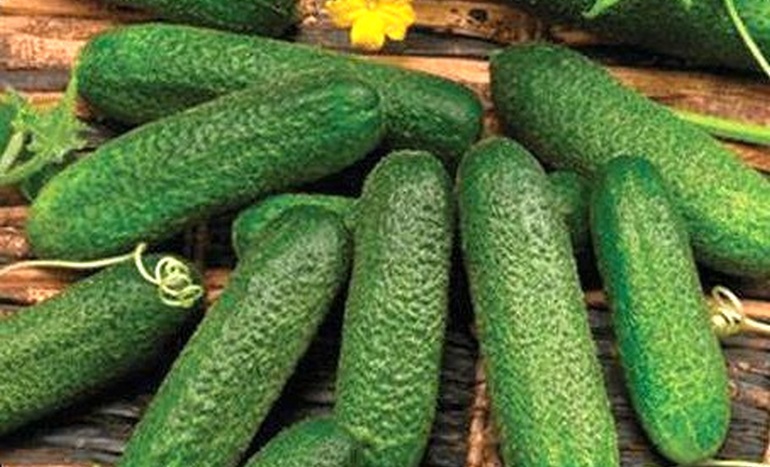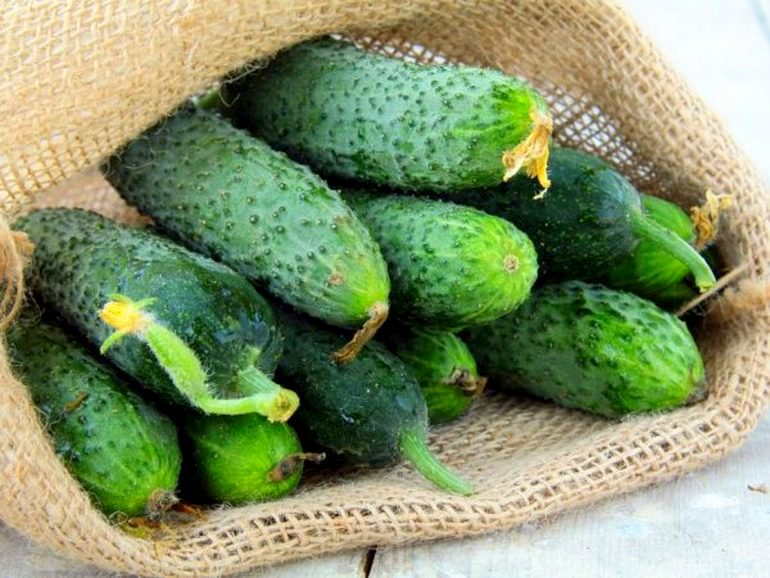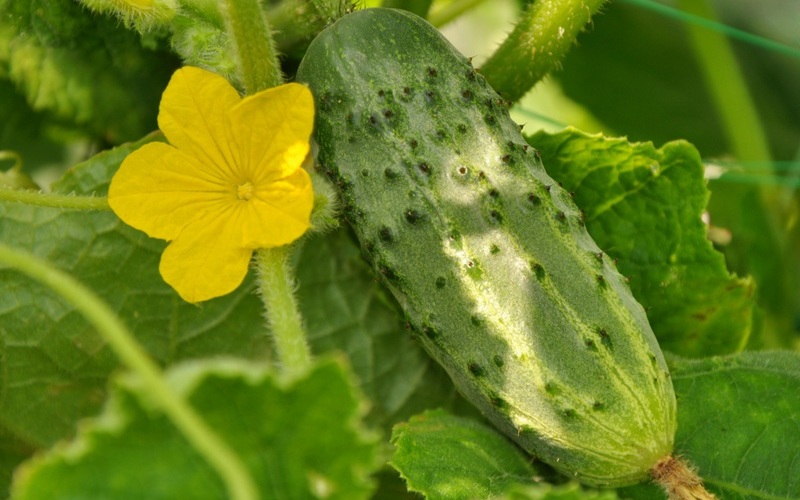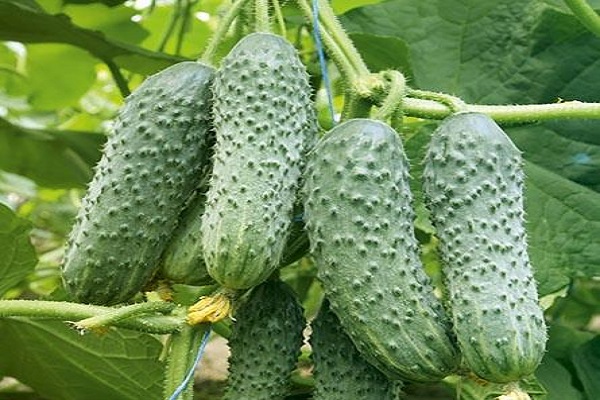Content:
Hybrids have successfully taken root in most summer residents due to their advantages over conventional cucumber varieties. They are unpretentious and allow you to get good yields from limited areas. One of the universal varieties that meet increased requirements is Khrustyk.
Description of the variety
In 2005, breeders of the Aelita agro-firm bred a hybrid cucumber Chudo Khrustyk, information about the variety was entered in the state register in 2006. In 2011, the Gavrishsem firm patented the Khrustyk variety.
Both hybrids have almost the same characteristics and description, they are intended for growing in greenhouses or under film in the open field. Suitable for cultivation in any area, from the North Caucasus to the North.
These cucumbers are used in salads and are great for canning for the winter. The fruits are sweet, with a pronounced aroma, without bitterness, crispy. Retains taste in salting. The pulp contains few seeds and no voids inside.
Some conservative gardeners are afraid of hybrid varieties, mistakenly believing that they have low taste, high care requirements, or genetically modified origin. However, experts say that for successful hybridization, conventional breeding methods are used to produce high quality varieties with a lot of advantages.
Main characteristics
Temperature conditions. This variety, like all types of cucumbers, is not resistant to cold temperatures, but it tolerates changes well. For growth, it is optimal during the day from 18 to 25 degrees, at night - from 12 to 14.
Pollination. The variety is parthenocarpic, that is, it does not need pollination by bees, it is suitable for planting in protected ground. Flowers are only female, 2-3 per node. There are practically no barren flowers.
Fruiting. The plant belongs to bunch, or bouquet, ovaries are formed like bananas. The variety is early maturing, from planting to the first zelents takes from 38 to 44 days. Productivity 10-11 kg per 1 sq. m. Fruits are green with white stripes and large tubercles 10-12 cm long and weighing up to 100 grams. They grow regularly and abundantly.
Dimensions and appearance. The plant is medium-branched, has up to 7 bouquets on one bush with the formation of up to 3 greens in one bosom. Vigorous, that is, it has no limit on the growth of the stem. The leaves are dark green, wide.
Disease resistance. Crisp is not susceptible to infection with powdery mildew, cucumber mosaic virus, cladosporium disease. It can be affected by spider mites, has an average resistance to downy mildew.
Growing and care
Khrustyk cucumbers are successfully grown both in the open field and using seedlings.
Landing directly into the ground
Before sowing seeds, the soil must be carefully prepared, it must be moist, loose, and breathable. Aeration is achieved by introducing sawdust.
They choose a light place for planting, Khrustyk is a sun-loving plant. The soil should warm up to a temperature of 10-12 degrees, usually by mid-May. The seeds are sown in holes to a depth of 2-3 cm according to the 50 × 50 scheme, sprinkled with moist earth, and covered with foil on top until sprouts appear.If there are many seedlings and they are located close to each other, they need to be thinned out.
Seedling method
To speed up the appearance of fruits and reduce the likelihood of plants freezing, use the seedling method. 20-30 days before planting in open ground or greenhouse, seeds are sown in separate pots or a common container. Place the sprouts on the light side and maintain the temperature at about 25 degrees. Planted towards the end of May.
Watering should be regular, preferably using water warmed in the sun. Timely removal of weeds, loosening of the soil is necessary. At high humidity, the lower leaves are removed for good air exchange. Top dressing under the root is carried out 2-3 times a month in turn with mineral and organic fertilizers. Stems in open ridges are pinched over the third to fifth leaf for the growth of lateral shoots in order to increase productivity. In greenhouses, for better lighting, the plants are tied up and allowed to grow in one stem.
Advantages and disadvantages of the variety
Cucumbers Khrustik and Chudo Khrustik are very popular varieties among summer residents of Russia, as they have a number of advantages characteristic of hybrids:
- Early maturity, which is especially appreciated in regions where summer is short.
- High productivity. Cucumbers bear fruit amicably and regularly, with proper care, you can harvest from July to October.
- Versatility and excellent taste. The variety is good both fresh - there is no bitterness in the fruit, and for pickles, pickles, tomato fillings and other blanks.
- Tolerance to sudden temperature changes and adverse weather conditions.
- Good resistance to major cucumber diseases and viruses.
- Undemanding care. It is quite simple to grow these varieties in your garden, the plant is unassuming and gratefully responds to regular care.
- Appearance. Fruits are small, oval, of standard shape, do not outgrow, do not turn yellow, have an excellent presentation.
The advantages of the parthenocarpic hybrid are many and they cover all the disadvantages, however, Khrustyk also has several disadvantages that should be taken into account when deciding to plant him in his country house:
- the plant is very photophilous, can bear fruit poorly in cloudy weather, does not tolerate shade;
- sensitive to drying out of the soil;
- has no resistance to pests, is easily affected by spider mites and aphids.
Crisp is one of the most beloved varieties of gardeners due to its qualities and unpretentiousness, as well as the ability to maintain density and remain crispy even when canned. It is successfully grown in the South, Urals and Siberia.

